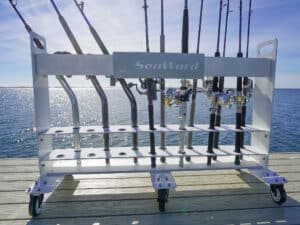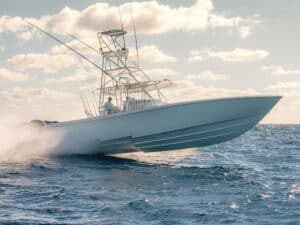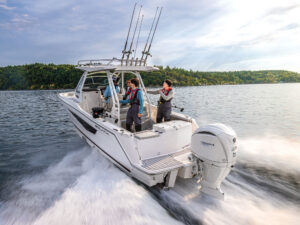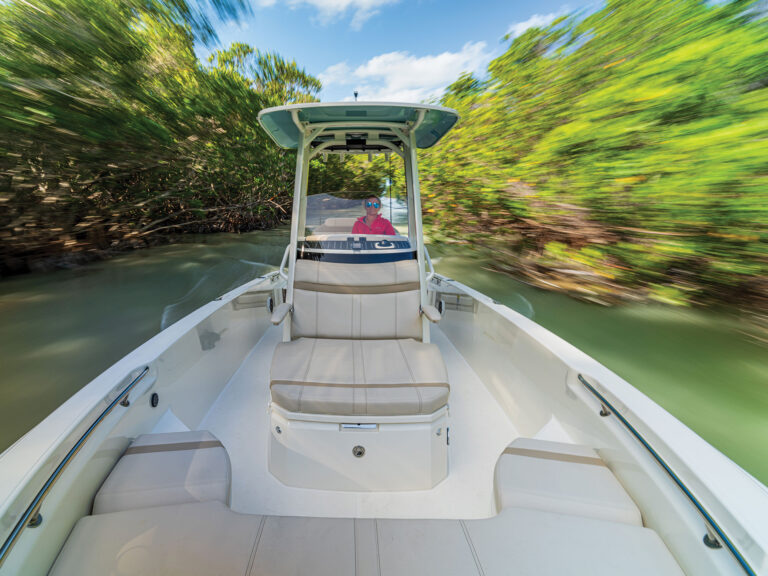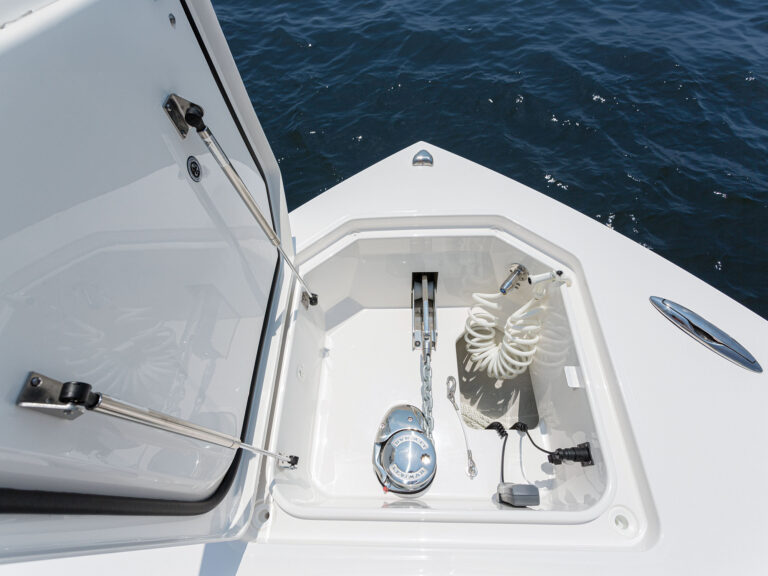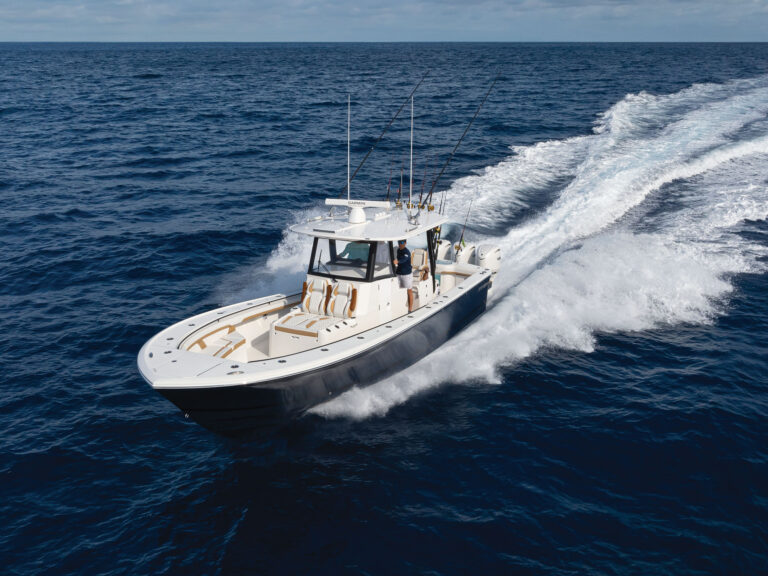
Year after year new fly patterns develop, and yet I always find myself falling back on old standards. Good examples of such flies include Clouser’s Deep Minnow or Lefty’s Deceiver. Another such pattern is the Seaducer.
This versatile fly pattern was first used in salt water by Homer Rhodes in the 1940s, when he used to commercially fish for snook with his fly rod. Rhodes would drive up and down the trail, looking for concentrations of frogs that had been hit while trying to cross the road. That was his number-one indicator as to where the snook would be holding – they loved to key off on the frogs. The Homer Rhodes’ Streamer became the Seaducer (a much sexier name) in the 1980s, when it was renamed by a popular fly-fishing writer.
Several things make this fly effective: First, it lands softly on the water, allowing anglers to make delicate presentations right on the nose of snook, laid-up tarpon or even spooky shallow-water seatrout. Secondly, it is neutrally buoyant and can be fished seductively in very shallow water, hovering over sea-grass beds. Lastly, the fly sheds water almost instantly on the backcast.
Another unique aspect of this pattern is that it is simple to tie, and by varying the color, materials and retrieve, it is possible to mimic everything from amphibians (like Rhodes’ frogs) to baitfish to crustaceans.
It can be tied several ways: I prefer a slinkier, slippery fly that exhibits a lot of action without a lot of motion, so I use long, slender saddle hackles tied facing each other. If you prefer a fly that has a little more radical action on the pause, try tying the hackles opposing. You can also opt for neck hackles, although I think the fish really do prefer the limber action of the saddles.
The single most effective color combination is probably red-and-white, followed by yellow-and-chartreuse. Other popular combinations include yellow-and-grizzly, all-black and an all-grizzly (cockroach) scheme.
By varying the hook size, it’s possible to use the Seaducer to catch just about anything that swims, from amberjack to sailfish.
Although its light weight is one of the best attributes of this pattern, if you are fishing deeper water with a sinking line, try wrapping the shank with lead.
Give this old standard a try. It’s quick, easy to tie and incredibly versatile. Chances are, you’ll come to love it as much as I do.
Materials
Hook: Mustad 3407, No. 4 to 4/0
Thread: White gelspun thread or extra-fine clear monofilament
Tail: Four to six saddle hackles approximately 3 to 4 inches in length. Tie them facing each other for more action.
Flash: Six strands of Krystal Flash or similar accenting material attached using the fold-and-tie method
Collar: Two saddle hackles (the same color as the tail) palmered forward for three-quarters the length of the bare hook shank. Two more hackles (of the same or contrasting color) palmered forward complete the collar.
Glue: Sally Hansen’s Hard-as-Nails
| Step 1: Attach thread to the hook. Take a 3-inch-long piece of 30-pound monofilament, double it over and then tie down, beginning at the bend of the hook. This forms a stay that will prevent the hackles from fouling while casting. |
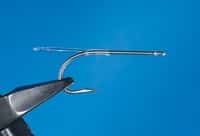
| | Step 2: Select four or six saddle hackles, approximately 3 to 4 inches in length. Remove any stray barbells at the quill end, making it possible to secure them flatly. Then pair them up facing each other and tie down.|
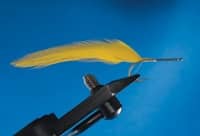
| | Step 3: Take six strands of Krystal Flash (or similar flash material) and tie in using the fold-and-tie method, evenly distributing the strands down each side of the fly.|
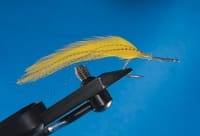
| | Step 4: Select two long, webby hackles the same color as the tail. Leave the fluffy marabou around the quill end. Tie in just ahead of the tail. Palmer forward, making sure to tease with your fingers after each wrap. Continue palmering for three-quarters of the bare hook-shank length.|

| | Step 5: Take two long, webby saddle hackles and strip the marabou from the quill end. Tie in and then palmer forward, again teasing after each wrap. Fold palmered hackles back, tie off, whip finish and apply head cement.|

|


